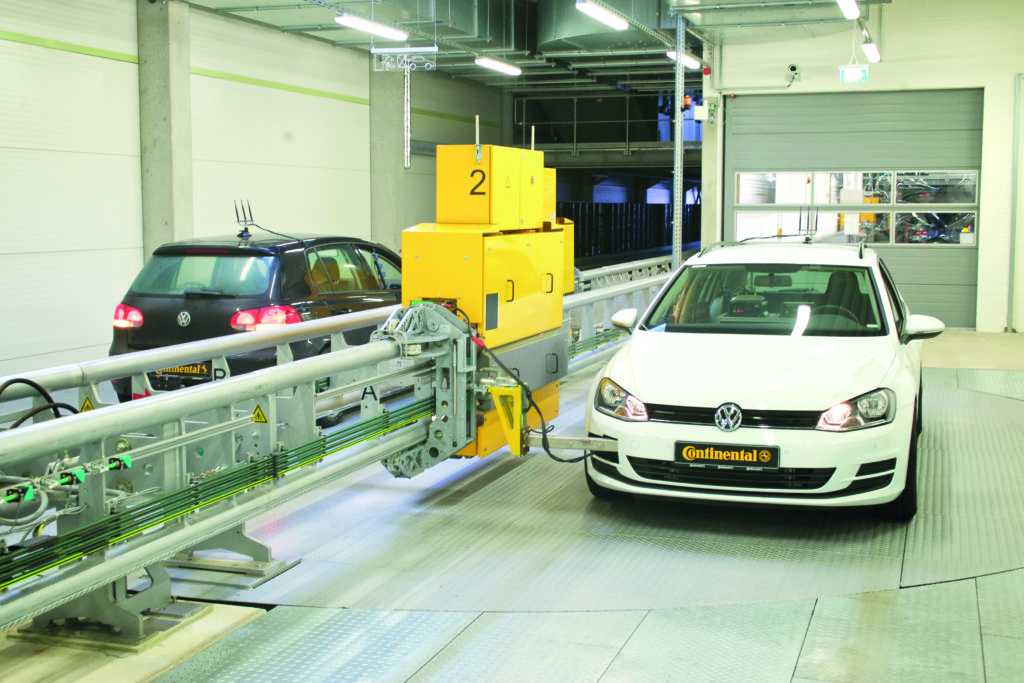Air pollution from tire wear particles can be 1,000 times worse than what comes out of a car’s exhaust, Emissions Analytics has found. Harmful particle matter from tires is a very serious and growing environmental problem, and is currently unregulated.
Non-exhaust emissions (NEE) – particles released into the air from brake wear, tire wear, road surface wear and resuspension of road dust during on-road vehicle usage – are currently believed to constitute the majority of primary particulate matter from road transport: 60% of PM2.5 and 73% of PM10.
The 2019 report ‘Non-Exhaust Emissions from Road Traffic’ by the UK Government’s Air Quality Expert Group (AQEG), recommended that NEE immediately be recognized as a source of ambient concentrations of airborne particulate matter, even for vehicles with zero exhaust emissions, such as EVs.
To understand the scale of the problem, Emissions Analytics performed some tire wear testing. Using a popular family hatchback running on brand new, correctly inflated tires, it was found that the car emitted 5.8g/km of particles.
Compared with regulated exhaust emission limits of 4.5mg/km, completely unregulated NEEs are higher by a factor of over 1,000. Emissions Analytics notes that this could be even higher if the vehicle were running on underinflated or budget tires.
Richard Lofthouse, senior researcher at Emissions Analytics, said, “It’s time to consider not just what comes out of a car’s exhaust pipe but also particle pollution from tire and brake wear. Our initial tests reveal that there can be a shocking amount of particle pollution from NEEs – 1,000 times worse than emissions from a car’s exhaust.
“What is even more frightening is that while exhaust emissions have been tightly regulated for many years, tire wear is totally unregulated – and with the increasing growth in sales of heavier SUVs and battery-powered electric cars, non-exhaust emissions are a very serious problem.”
Nick Molden, CEO of Emissions Analytics added, “The challenge to the industry and regulators is an almost complete black hole of consumer information, undone by frankly out-of-date regulations still preoccupied with exhaust emissions. In the short term, fitting higher-quality tires and to always have them inflated to the correct level is one way to reduce these NEEs.
“Ultimately, though, the car industry may have to find ways to reduce vehicle weights, too. What is without doubt on the horizon is much needed regulation to combat this problem. Whether that leads to specific types of low-emission, harder-wearing tires is not for us to say – but change has to come.”
Read our July 2019 cover feature on tire wear particles here.



